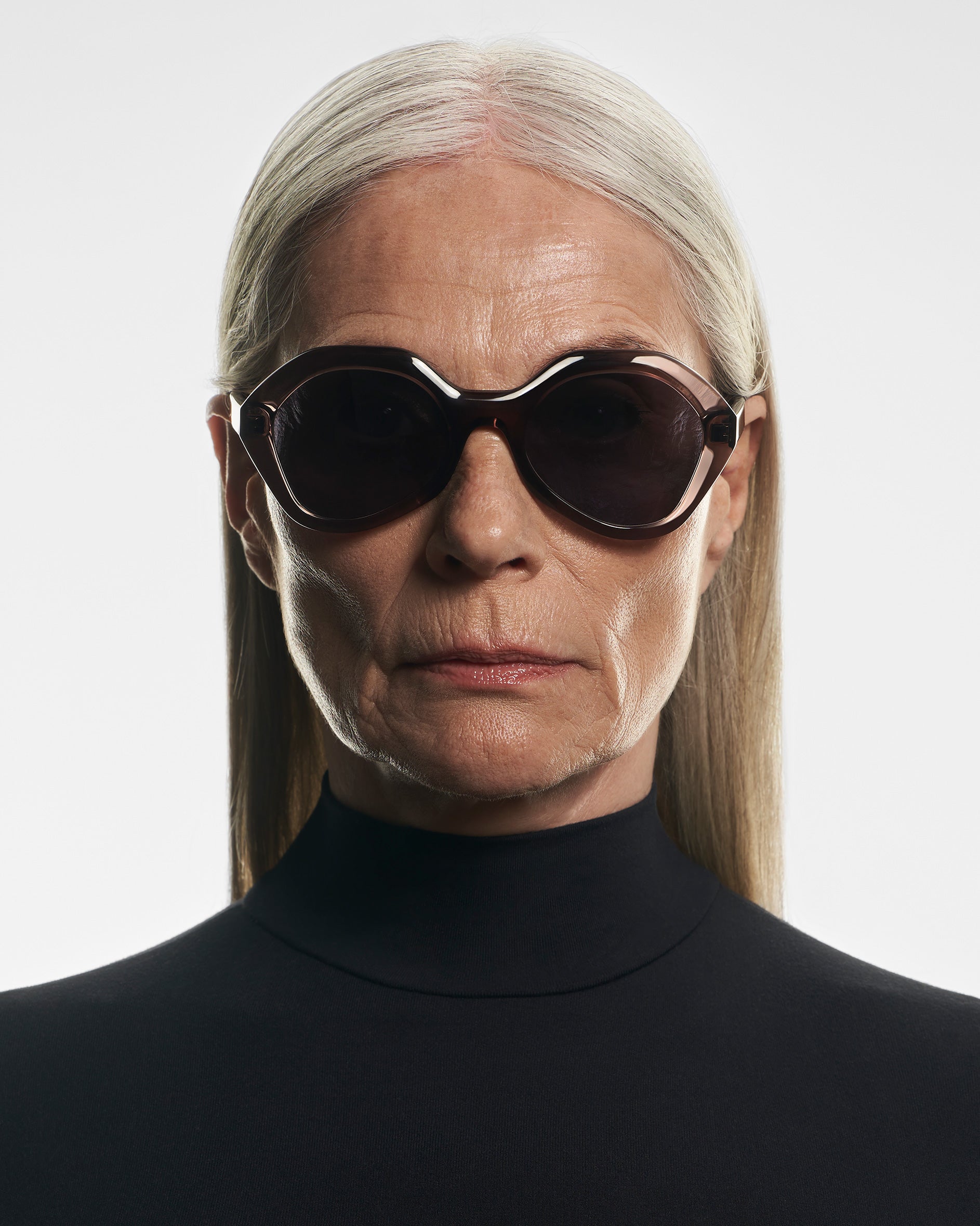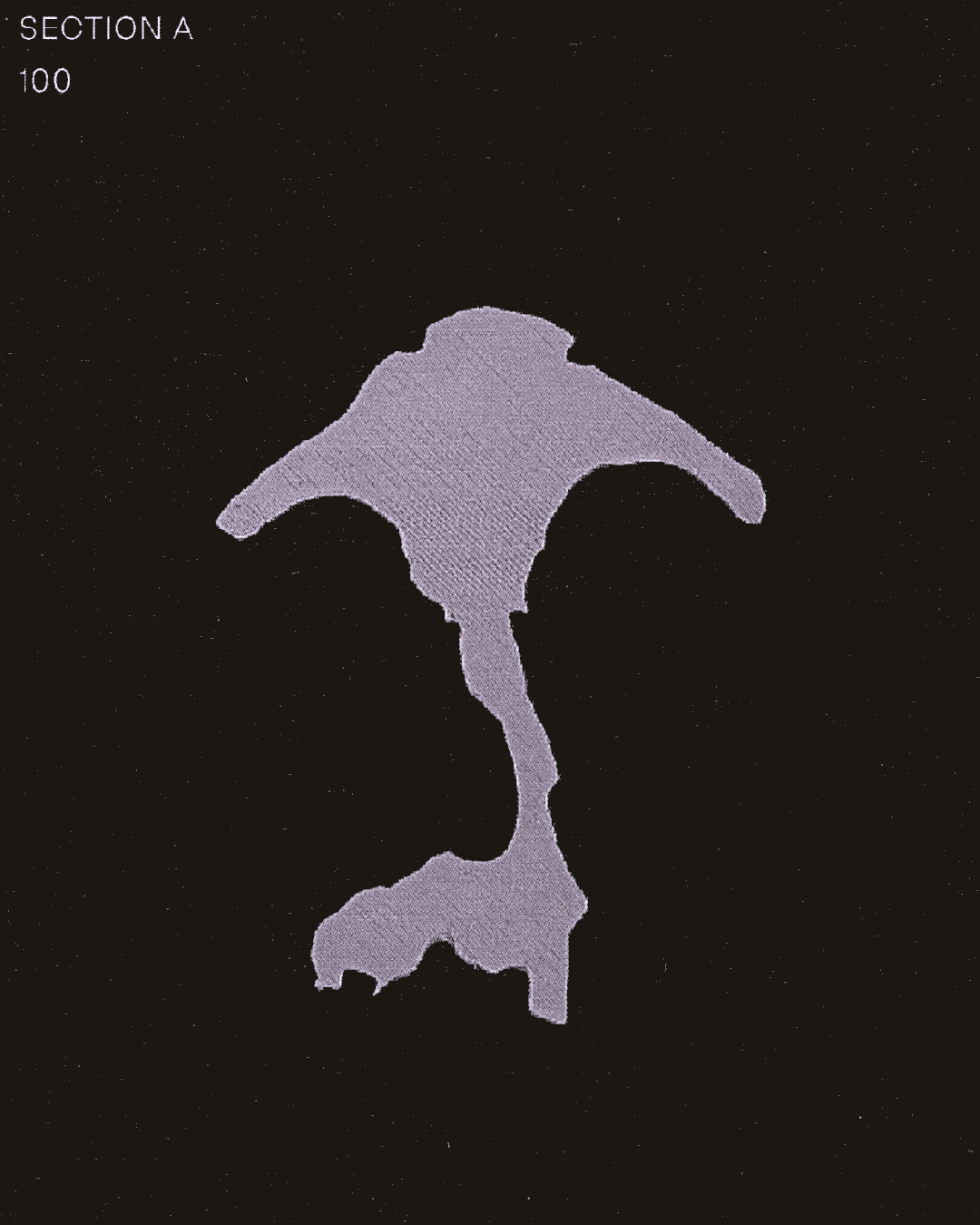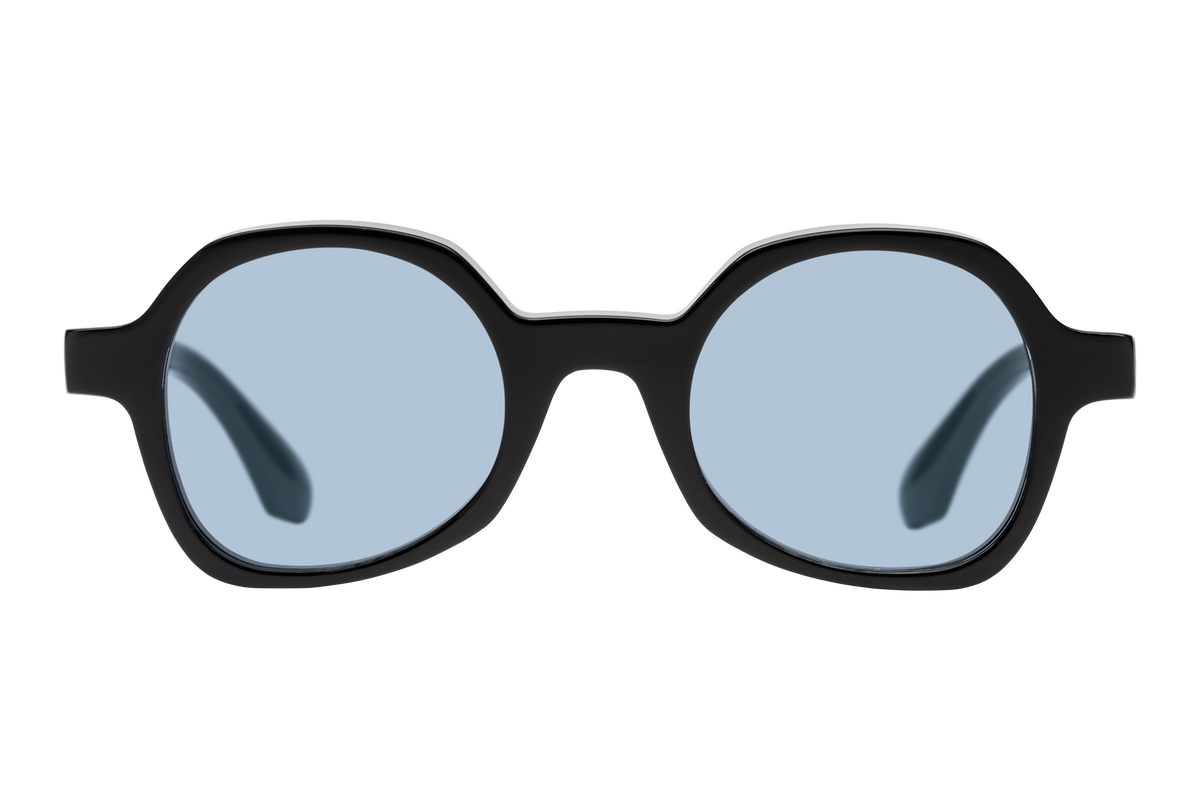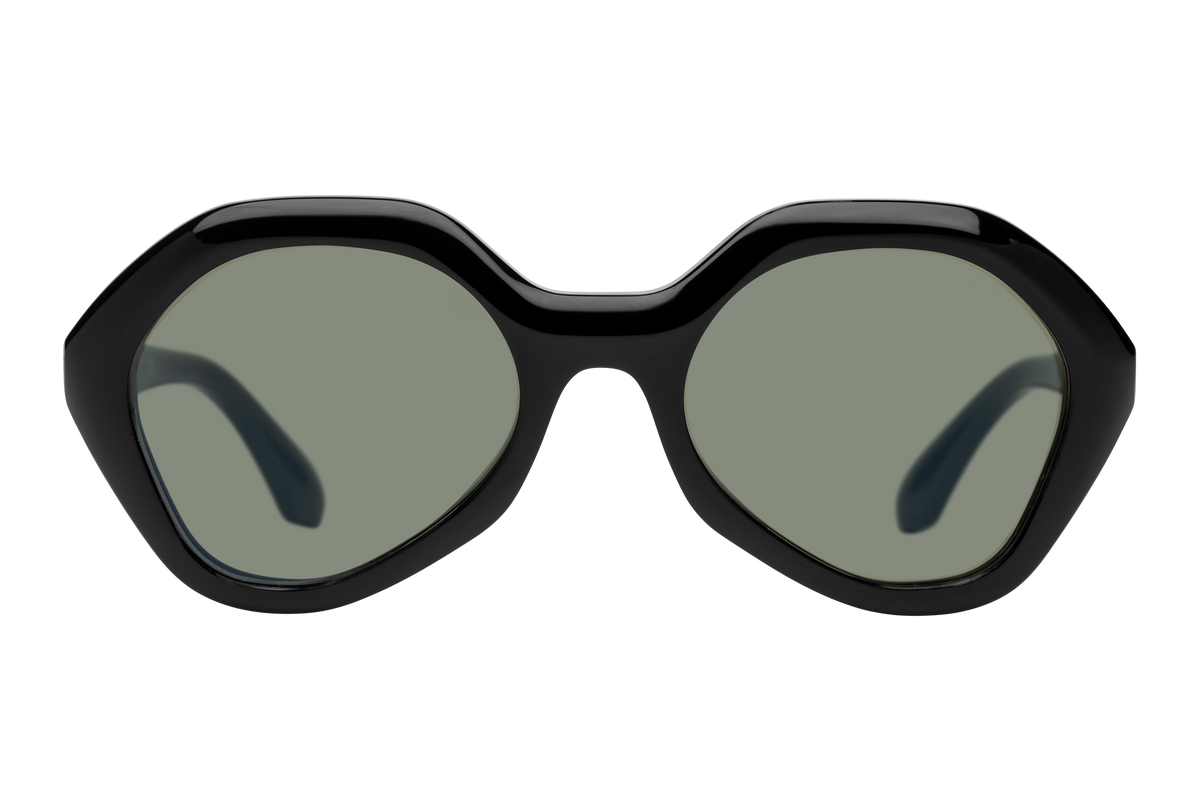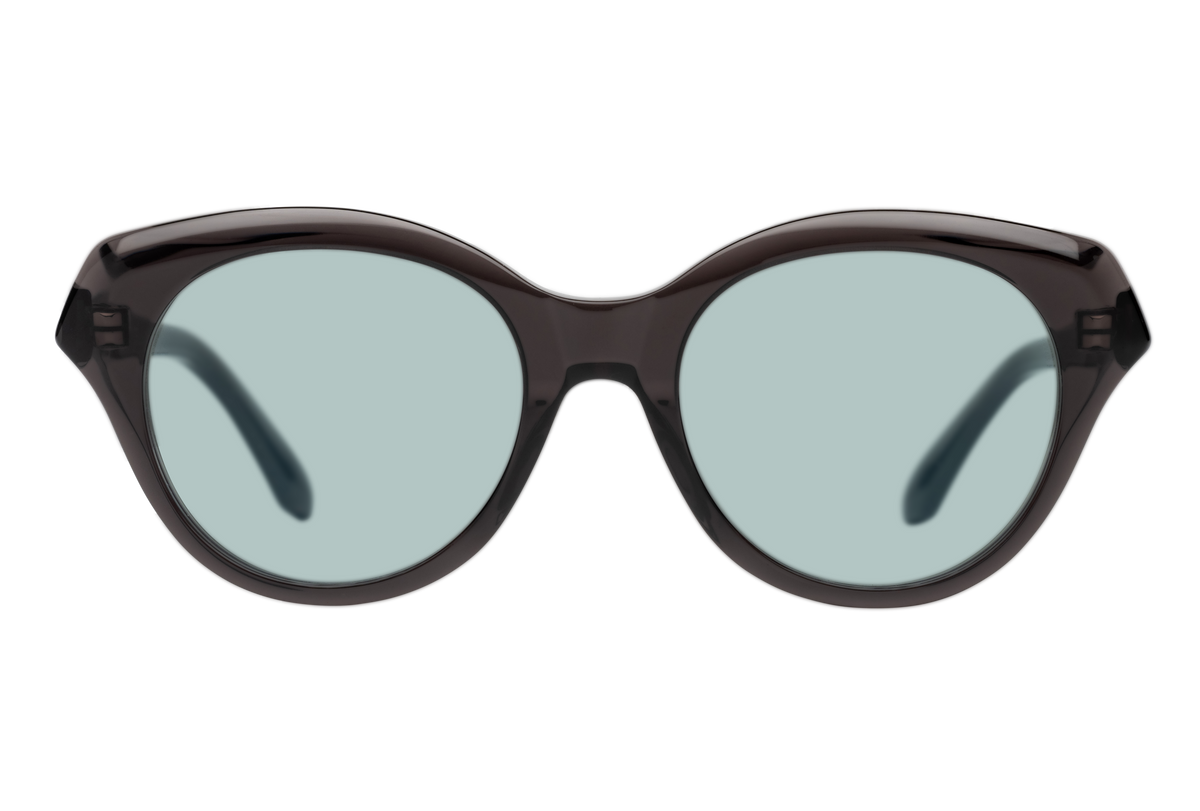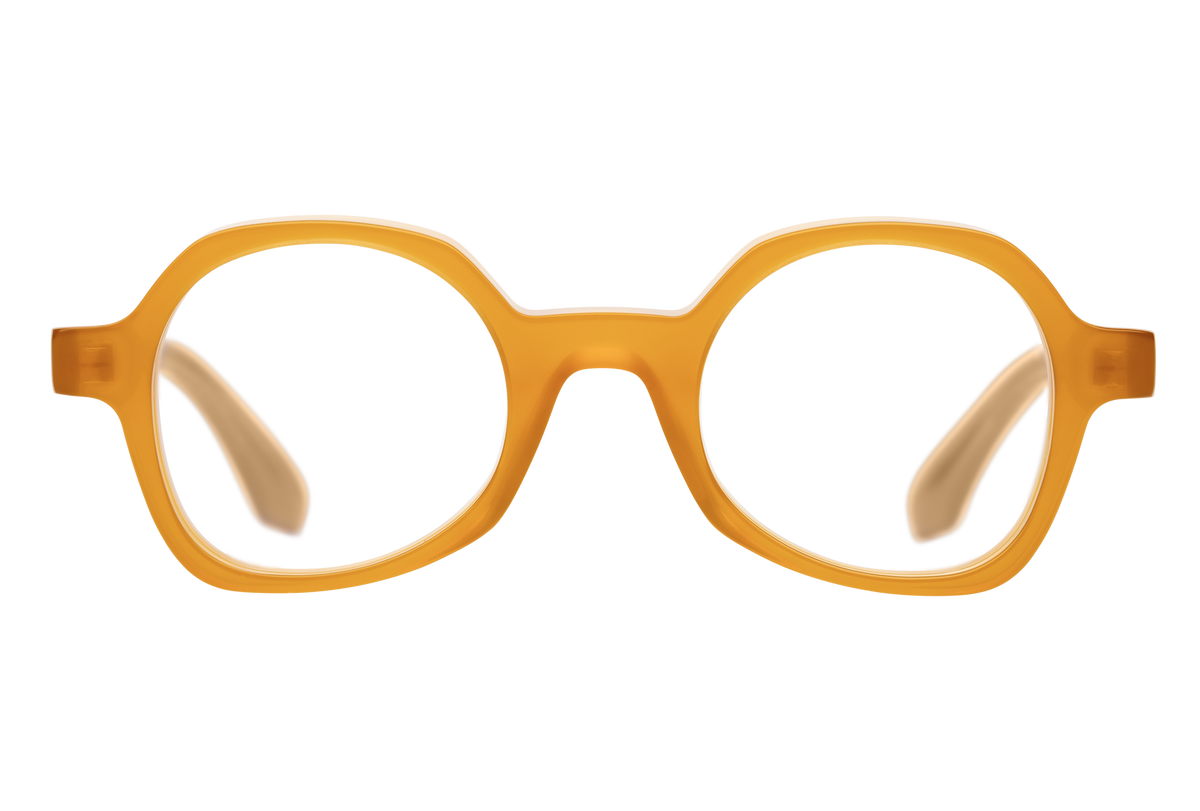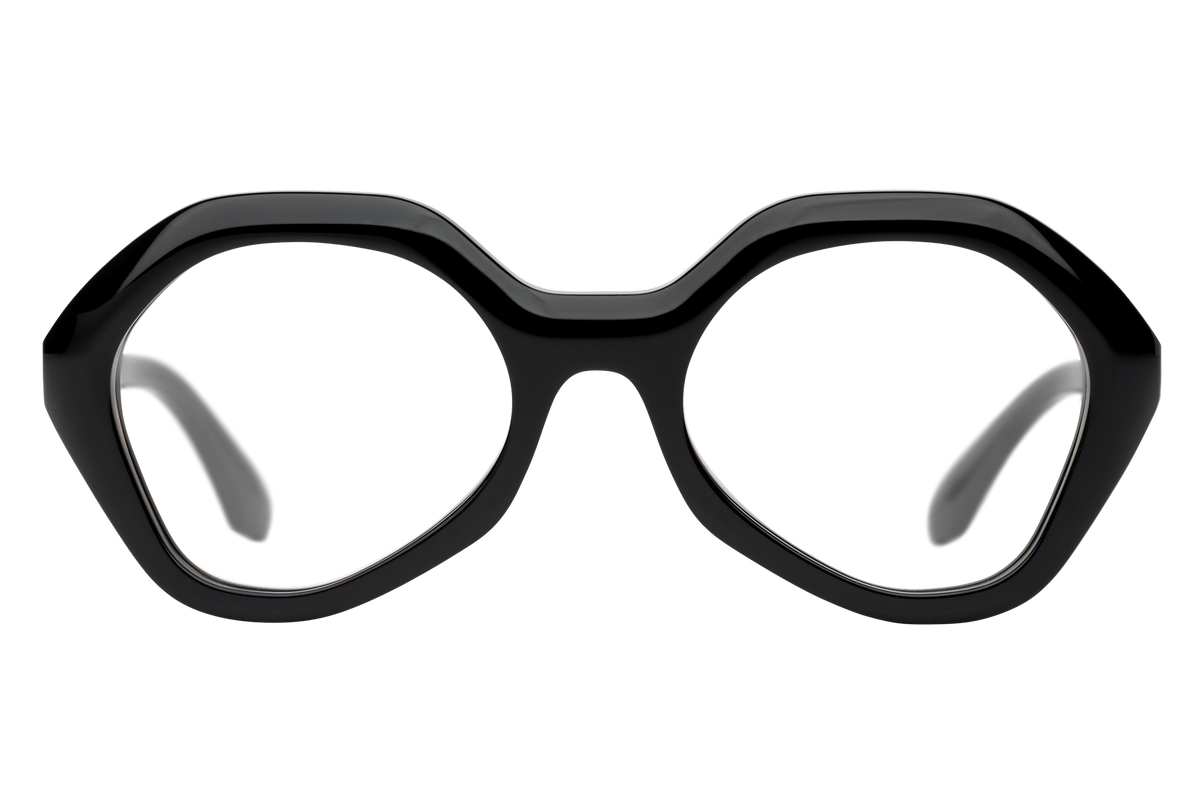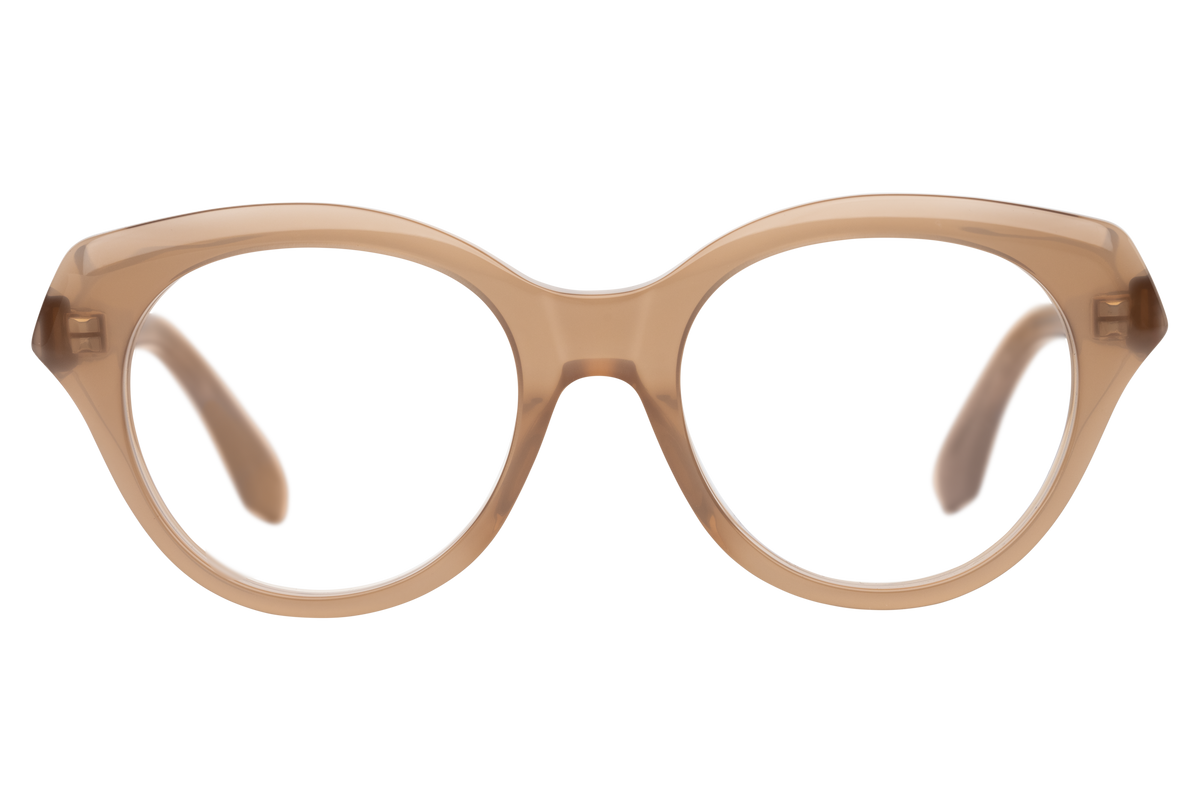What happens with orbital spaces in skulls? Have they been changing their shapes over time? Can they determine the kind of specimen they belong to? Are orbital shapes in skulls different from Australopithecus to Neanderthals, and from Homo erectus to Homo habilis? Are orbital shapes on actual people (Homo sapiens) different depending on their origins?

These questions served us as the starting point of a design research process. We began drawing the orbital spaces, as well as the main lines that shape the craniums, of all specimens that belong to our direct line of evolution: Australopithecus afarensis, Homo habilis, Homo erectus, Homo neanderthal, Homo heidelbergensis. Each skull is different, with its own particular orbital and cranial volumes, and every single skull suggests a wide range of shapes and volumes. The challenge is to adapt those unusual shapes into wearable frames.
It has been really interesting to manage this “turn rare shapes into wearable frames” approach, because the tendency can be to “domesticate” those shapes so much that the end proposal would appear too close to standard frames. Along these lines, we have decided to begin producing a first collection of 7 models that define the baseline of SAPIENS, a collection of quite domesticated and not so wild shapes. The idea is to introduce more risky and freaky shapes in further steps.




The starting point of the design process is the orbital spaces of different skulls. We refine the rough shapes and adapt them to become wearable designs. The facial features of our ancestors were characterised by strong and bold shapes, a trait that is reflected in the design of the frames. This makes the frames uncommon, unique, and captivating.
To further emphasize the narrative of the collection each frame bears the name of the skull from which its design is based. Some frames have friendly names given by their discoverers, while others are named after the location in which they were found. These names are the official ones given by researchers.



